Docx files for personal book: Verbum 9 part 1; Verbum 9 part 2; Verbum 9 part 3; Verbum 9 part 4; Verbum 9 part 5; Verbum 9 part 6; How to use the Verbum Lectionary and Missal; Verbum 8 tips 1-30; Verbum 8 tips 31-49
Reading lists: Catholic Bible Interpretation
Please be generous with your additional details, corrections, suggestions, and other feedback. This is being built in a .docx file for a PBB which will be shared periodically.
Previous post: Verbum Tip 8ai Next post: Verbum Tip 8ak
Manuscript explorers
Verbum offers reference data on three Bible manuscript types:
- Hebrew Bible documented internally in Brannan, Rick, ed. Hebrew Bible Manuscript Explorer. Bellingham, WA: Faithlife, 2015.
- Greek New Testament documented internnally in Brannan, Rick, ed. New Testament Manuscript Explorer. Bellingham, WA: Faithlife, 2015.
- Greek Old Testament (Septuagint) documented internally in Brannan, Rick, ed. Septuagint Manuscript Explorer. Bellingham, WA: Faithlife, 2015.
Notably missing are:
- Syriac Bible (primarily the Peshitta)
- Latin Bible (Vetus Latina and Vulgate)
For most of us, the primary purpose of these interactives is to provide basic information about a manuscript referenced in a commentary or academic work. The data usually drills down to links to web sites with images of the texts. These links range from wikimedia commons to academic research sites. Note that a title is marked as locked on two conditions:
- The resource is not owned
- The resource is owned but not downloaded on this device
In all cases the facets may be shown either by count as is traditional or alphabetically as is required when there is no search function.
Note the tag “available in Logos” which implies either a facsimile or a transcription is available in the Faithlife catalogue.
Hebrew Bible manuscript explorer

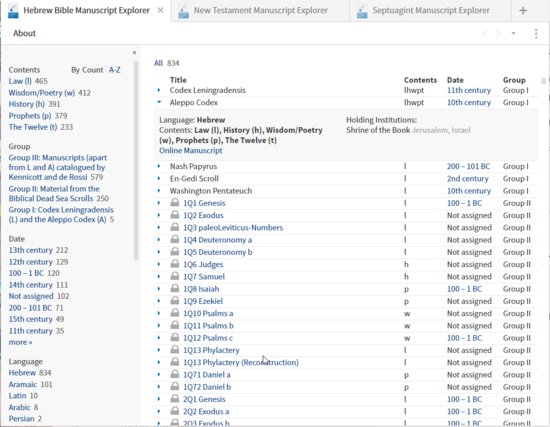
|
Facets:
|
Data columns:
|
|
Contents
Group
Date
Language
Script
Tags
Holding institutions
|
Lock status
Title
Contents
Date
Group
|
|
Data expansion:
|
|
Language
Contents
Online manuscript
Holding institutions
|
Note that the link for online manuscript takes one to Wikimedia commons which again has links not only to high resolution images but also to a transcription project.
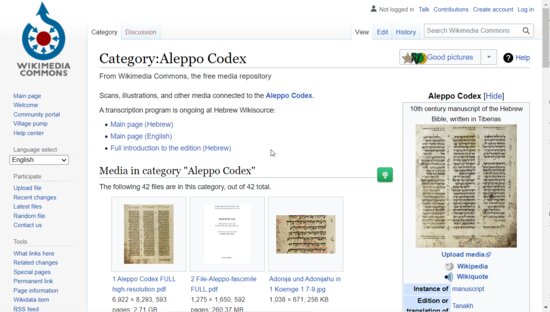
This contrasts to the Nash papyrus at the University of Cambridge site which is oriented towards scholars – obtaining rights to the document contents, standardized input formats for academic tools . . .
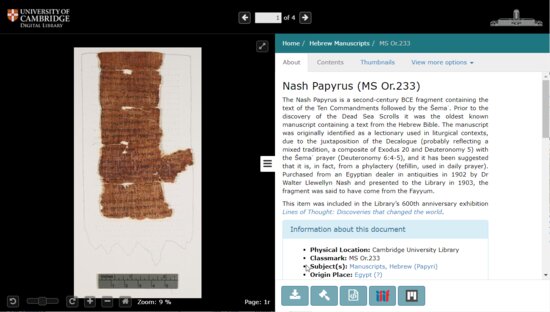
The holding institution for the Aleppo Codex lacks a live link. For the Nash papyrus, the link is to the Cambridge University Library.
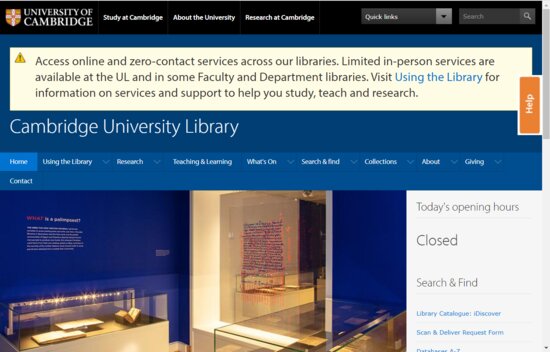
New Testament manuscript explorer
This manuscript explorer is tied closely to the Institute for New Testament Textual Research, making it a bit more cohesive than the Hebrew Bible Manuscript explorer.
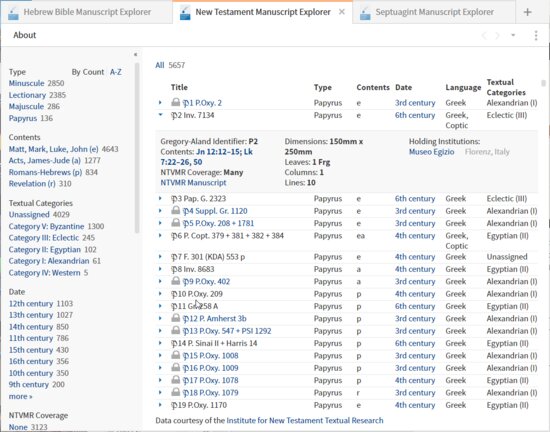
|
Facets:
|
Data columns:
|
|
Type
Contents
Textual categories
Date
NTVMR coverage
Language
Tags
Holding institutions
|
Lock status
Title
Type
Contents
Date
Language
Textual categories
|
|
Data expansion:
|
|
Gregory-Aland identifier
Contents
NTVMR coverage
NTVMR manuscript
Dimensions
Leaves
Columns
Lines
Holding institutions
|
NTVMR is the virtual manuscript reading room.
In this case, the manuscript link opens an academic site that requests a login.
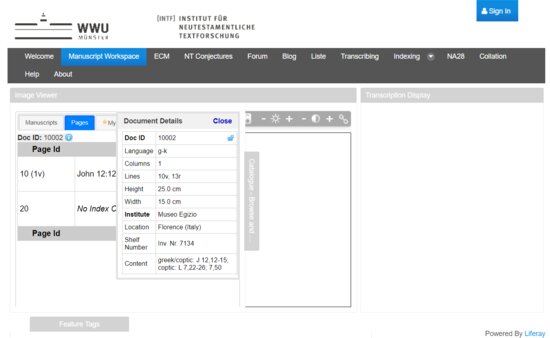
The holding institution takes one to the museum site.
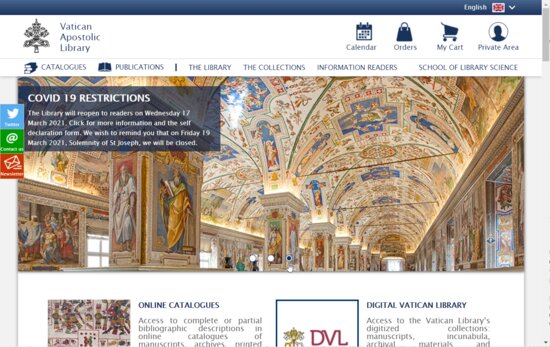
Septuagint manuscript explorer
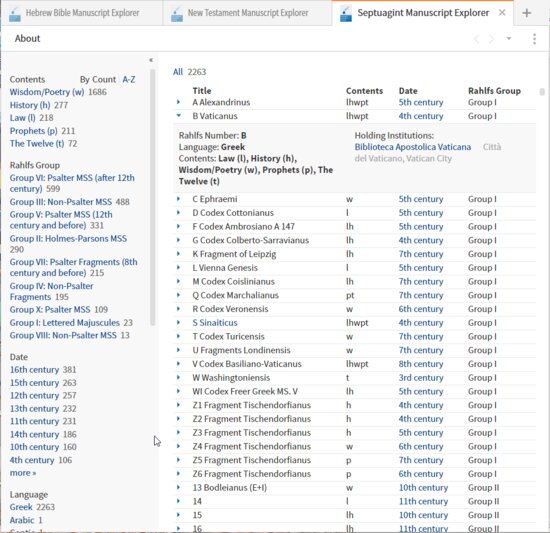
|
Facets:
|
Data columns:
|
|
Contents
Rahlfs group
Date
Language
Tags
Holding institutions
|
Title
Contents
Date
Rahlfs group
|
|
Data expansion:
|
|
Rahlfs number
Language
Contents
Holding institutions
|
Here the holding institution link is to the Vatican Apostolic Library which has been making a push to digitalize their manuscripts. There is no explicit manuscript link in the interactive.
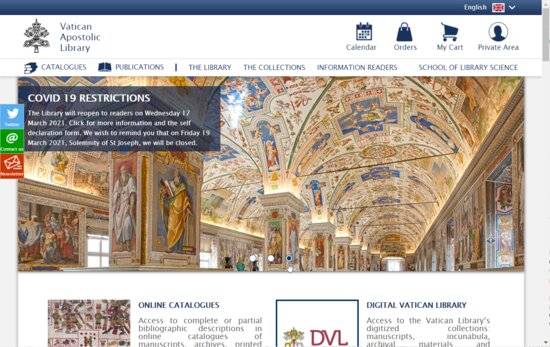
In short, these interactives offer basic information with portals (links) into a wide variety of site which the user must learn to navigate on their own. Verbum does not offer a list of all the sites much less train to train you in their vocabulary and features.